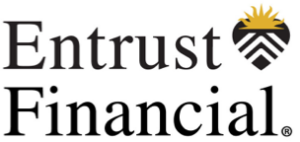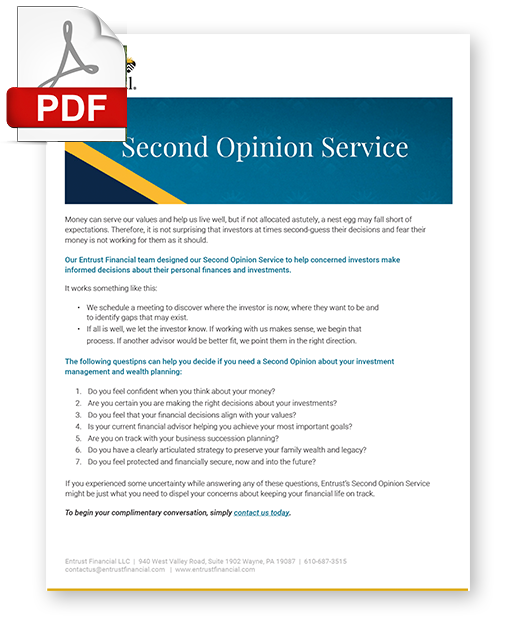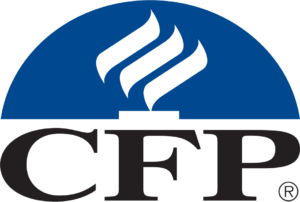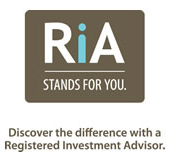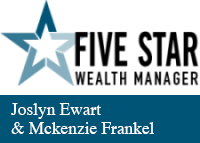Tips to Reduce Your Taxable Income in 2017

2017 is well underway and it is time to accelerate the implementation of your tax savings strategies, before spring arrives on Monday, March 20th. A key step for maximizing your savings this year is to take advantage of opportunities to reduce your taxable income in the months ahead.
Whether you are a business owner or an employee, these money-saving tips for funding medical expenses and your retirement plan (assuming you are eligible) could enable you to trim thousands of dollars from your taxable income in 2017. Let the savings begin!
Medical Expenses
Funding an account such as an HSA (health savings account) or FSA (flexible spending account) is a great way to reduce taxable income and to put money away for medical expenses that crop up unexpectedly during the year. Fortunately, a variety of medical expenses qualify for payment using an HSA or FSA account: expenses such as prescription medicines, doctor visit co-pays, and certain dental expenses.
A superb illustration is provided by our client Susan, who proudly reported to us recently that her HSA now exceeds $50,000. She has been funding it aggressively over a period of years, with the following intentions: 1) to reduce her taxable income in the year in which she made contributions, and 2) to accumulate tax-free funds for a variety of medical payments when she transitions into retirement.
We encourage you to consider following Susan’s great example. As you can see, in addition to the annual tax savings, if you do not need to use the funds currently you will get the added benefit of boosting your preparation for financial security in retirement.
While both HSAs and FSAs can help reduce taxable income, step one in your deliberations is to determine whether a plan is available to you, based upon your circumstances. Here are some basics to get you started:
- HSAs are only available to those who have a high-deductible health plan, whereas the FSAs have no eligibility requirements.
- For 2017–HSA contributions are capped at $3,400 per individual and $6,750 per family annually; FSA contributions are capped at $2,600 per year for both individuals and families.
- FSAs are only available through your employer, whereas HSAs can be opened by anyone as long as you have a high-deductible plan. If you are interested in opening your own HSA; check out Ardent Credit Union HSAs.
Retirement Plan Contributions
One of our favorite clients, a business owner named Paul, was thrilled when we introduced him to the power of fully utilizing a company retirement plan to save money on his annual income taxes. Paul has always enjoyed being a diligent saver but did not understand that tax-deferred saving meant keeping a lot more money in his pocket, compared to just setting money aside that would be fully taxed in the year he earned it. His situation has a degree of complexity so we were able to help him establish not only a 401(k), but also a profit-sharing plan, thereby doubling his income tax savings in the first year.
Retirement savings come in many shapes and sizes. The following are some specifics to prompt your thinking about how to maximize your tax savings this year:
If you are an employee, choosing to contribute to a retirement plan such as a 401(k) or 403(b) can reduce your taxable income and thereby save you money in taxes. For the 2017 tax year, the IRS has approved tax-deferred contributions up to $18,000. Employees aged 50 years and older have the option to add an additional $6,000 to their annual contributions for a total of $24,000 contributed into their retirement accounts this year. Or in other words, they can reduce their taxable income by $24,000 in 2017. Talk about savings!
If you are a business owner, implementing a company retirement plan such as a 401(k) in tandem with a profit sharing plan, like our client Paul chose to do, provides you with a number of benefits. First, it boosts your personal retirement savings; second, the contributions save you money in taxes; and third, such plans are attractive and beneficial to your employees, resulting in enhanced firm loyalty as well as improved morale at work. Such tandem plans also offer higher contribution levels than those cited above for individual employee contributions.
Not surprisingly, retirement plans are subject to numerous and changing rules and regulations that must be honored because the IRS does pay attention and penalties can be confiscatory.
Next Steps
If you read all the way to this conclusion, congratulations for wading through a dizzying array of options for saving money on taxes. We all want to pay less income tax on our earnings but strategies to accomplish this worthy goal are incredibly complex, as you can see.
We welcome the opportunity to assist as you make an effort to accelerate the implementation of your tax saving strategies over the coming months. We can help and look forward to hearing from you.
